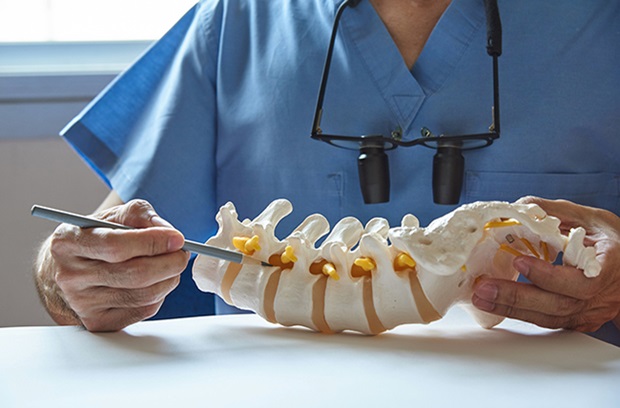The spine is the main supporting structure in our body, consisting of individual bones called vertebrae. The spine helps us to maintain an upright posture and enables us to move around with ease. Different types of spinal conditions require surgery like degenerative disc disease, spondylolisthesis, scoliosis, etc.
Pain is the primary symptom of any spinal condition. There may also be other symptoms like numbness or tingling, loss of power or control over lower limbs, bowel and bladder problems, etc. Sometimes an injury to the spine can cause these conditions too. In some cases, you may need to see a Dayton spine surgery specialist for treatment.
Who Needs Spine Surgery?
Surgery is required for a spine condition when the pain and other symptoms are not better with medicines. Surgery may also be needed if there is compression on any nerve due to a damaged disc or bone spur in the neck or lower back. Some of the most common conditions that require spine surgery include :
- Degenerative disc disease. It is the most common spinal condition and affects mainly older people. It occurs when the discs are worn out between the vertebrae (bones) that make up the spine. As the discs wear out, it results in loss of height or compression of the spine, resulting in pain and numbness or weakness in the arms.
- Spondylolisthesis. In this condition, forward slippage of one vertebra over another can pinch a nerve resulting in back pain, etc.
- Scoliosis. When the spine curves to the left or right side, it results in a condition called scoliosis. If the angles are mild, they can be treated with medicines and exercises, but severe cases require surgery to correct the asymmetry.
- Spinal tumors. These mainly develop in the later years of life and may cause numbness or weakness, back pain, etc. Surgery is usually required to remove such tumors for relieving pain.
- Spinal deformities. These are conditions that cause an abnormal shape or curvature of the spine requiring surgery for correction.
What Are the Common Types of Spine Surgery?
The common types of spine surgery include :
- Laminectomy. It is a procedure that involves the removal of the back wall (lamina) of one or more vertebrae to relieve pressure on the spinal cord or nerve roots.
- Discectomy. In this surgery, the damaged disc is removed to relieve pain and other symptoms.
- Kyphoplasty/vertebroplasty. This is a procedure to reduce pain in vertebral compression fractures or collapsed vertebrae caused by osteoporosis. The surgeon implants a balloon device into the compressed vertebra during this procedure under X-ray guidance before inflating it to restore the normal height.
- Laminoplasty. It is a procedure that involves the removal of part or all of the lamina in the back wall of one or more vertebrae to relieve pressure on the spinal cord or nerve roots for conditions like scoliosis, kyphosis, etc.
In summary, spine surgery can help correct some conditions affecting the spine. Common spine conditions that require surgery include degenerative disc disease, scoliosis, spinal tumors, and spinal deformities. Most procedures conducted by spine surgeons include laminoplasty, kyphoplasty, discectomy, and laminectomy.







